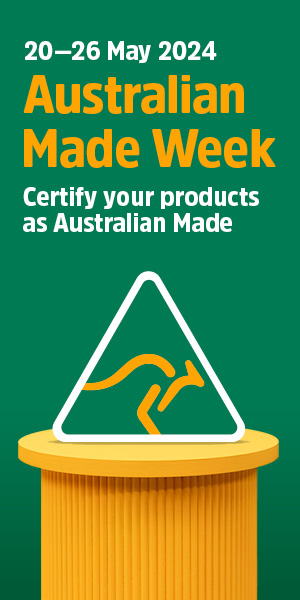Australian-made flexible solar cells part of satellite aboard SpaceX mission

CSIRO-developed printed flexible solar cells are travelling on Space Machines Company’s Optimus-1 private satellite, which flew as cargo aboard SpaceX’s Falcon 9 rocket launched on Tuesday (Australian time.)
A statement from the national science agency following the launch from Vandenberg Space Force Base in California explained that it is exploring such solar cells as a reliable energy source for future missions. Eight mini-modules of the Australian-made printed flexible solar cells were attached to the surface of Optimus-1 (pictured below.)
A major challenge in the development of spacecraft is low-mass, high-efficiency power systems, explained CSIRO Space Program Director Dr Kimberley Clayfield.
“If the space flight test reveals similar performance as we’ve shown in the lab, this technology offers significant advantages over traditional silicon-based solar,” explained Clayfield.
“Yet another example of CSIRO’s terrestrial expertise being applied to solve challenges in the space domain.”
CSIRO Renewable Energy Systems Group Leader Dr Anthony Chesman (pictured) said researchers at the agency have spent many years improving perovskite-based solar cell performance.
“Our perovskite cells have been achieving incredible outcomes on earth and we’re excited that they’ll soon be showcasing their potential in space,” said Chesman.

Picture: credit Space Machines Company
“Based on our research we expect our printed flexible solar cells will stand up to the effects of cosmic electron and gamma radiation which can compromise the performance and integrity of traditional solar cells.
“We are also confident these cells will outperform traditional cells in cases where sunlight hits them at non-optimal angles.
Efficiency records for perovskite solar cells have climbed sharply in recent years (see here), and the thin, printable cells offer potential benefits in physical flexibility, durability and cost versus silicon.
Rajat Kulshrestha, Space Machines Company CEO, said: “We’re thrilled to integrate this ground-breaking technology into Optimus. This is just the beginning, and I’m excited to see what the future holds as we continue to innovate.
“Through perseverance and teamwork, our engineers and scientists, alongside partners like CSIRO, have created something truly ground-breaking.”
Chesman added that the flexible cells offer a unique opportunity for local manufacture.
“This is a great opportunity for Australian technology to contribute to global space exploration. We are eager to collaborate with potential partners to explore this further,” he said.
Picture: credit CSIRO
Further reading
Space Machines’ Optimus satellite launched on SpaceX rocket
Space Machines Company, Orbit Fab to partner on 2024 mission
Space Machines reveals Australian space payload
Australian team moves perovskite cell development away from alchemy with AI
Graphene electrodes part of plan to make Australia make PV again
@aumanufacturing Sections
Analysis and Commentary Awards Defence Manufacturing News Podcast Technology Videos










